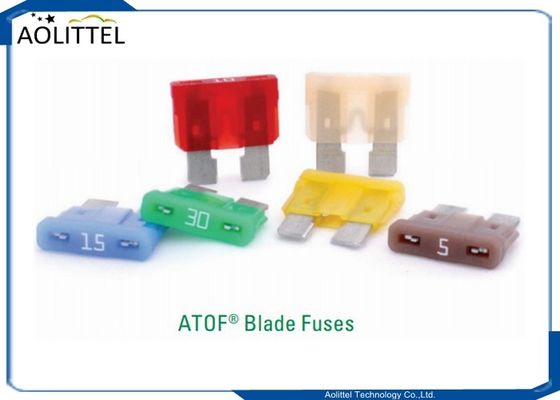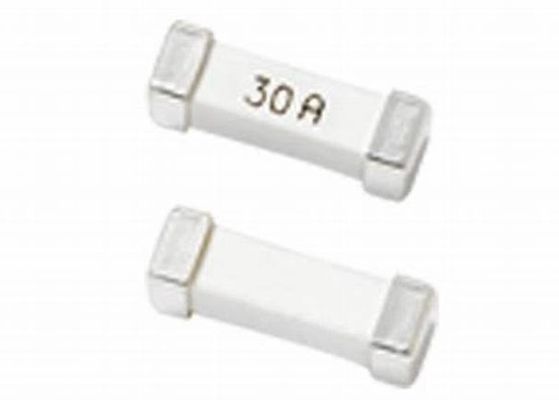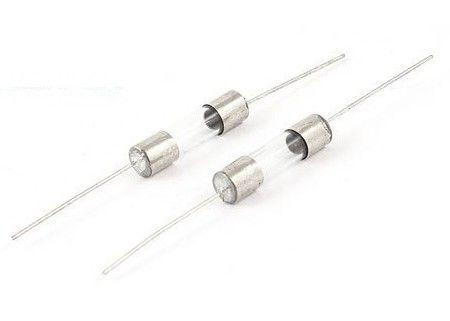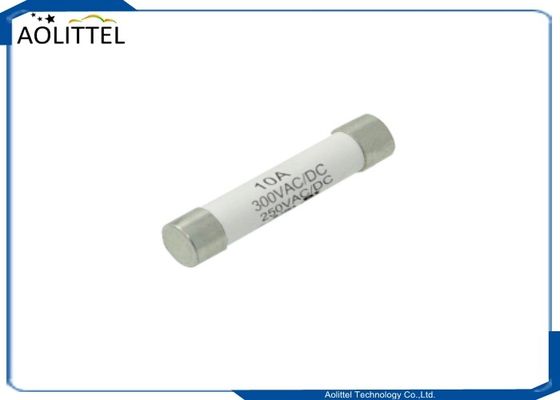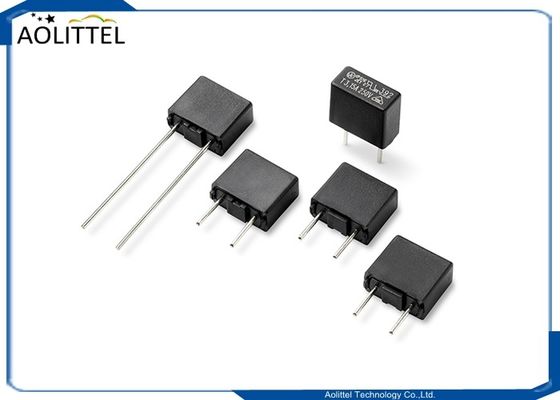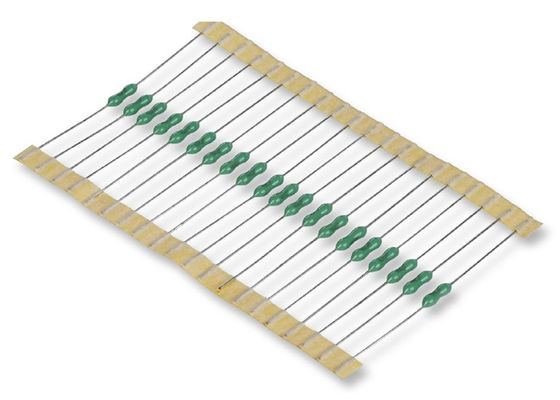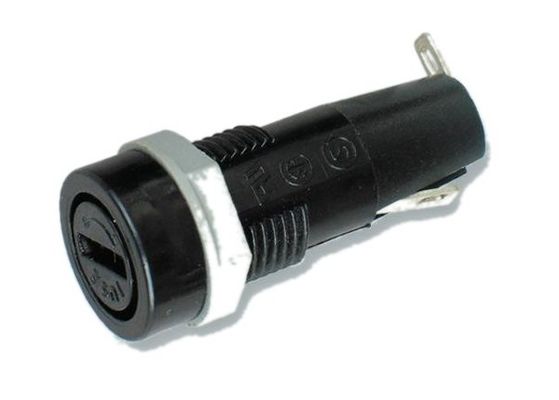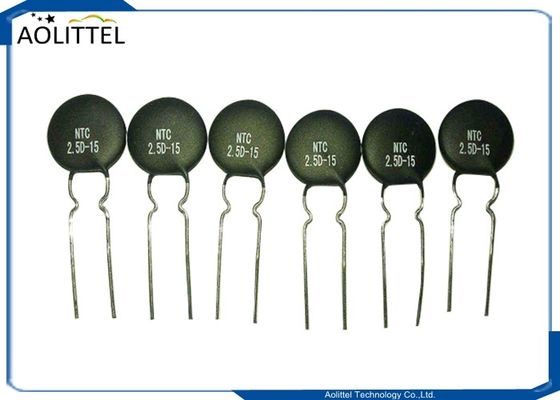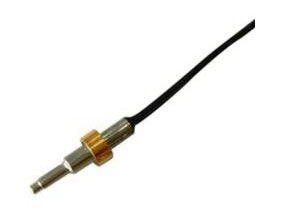Sesitive Round Diameter 5mm Photocell Cds Photoresistor Light Sensor GM55 Series For Sensor Application
Description
Ao littel photoresistor Light Sensor or photocell is a light-controlled variable resistor. The resistance of a photoresistor decreases with increasing incident light intensity. A photoresistor Light Sensor can be applied in light-sensitive detector circuits, and light- and dark-activated switching circuits. It's also called light-dependent resistor (LDR).
______________________________________________________________________________ Download________
Download________
Photocells Light Sensor are sensors that allow you to detect light. They are small, inexpensive, low-power,easy to use and don't wear out. For that reason they often appear in toys, gadgets and appliances. They are often referred to as CdS cells (they are made of Cadmium-Sulfide), lightdependent resistors (LDR), and photoresistors.
| Ao littel Cds Photoresistor Light Sensor Family Member |
| NO |
Diameter |
Series |
| 1 |
3mm |
GM35 |
| 2 |
4mm |
GM45 |
| 3 |
5mm |
GM55 |
| 4 |
7mm |
GM75 |
| 5 |
11mm |
GM115 |
| 6 |
12mm |
GM12G |
| 7 |
20mm |
GM205 |
| 8 |
25mm |
GM255 |

Dimension (mm)

Features
Good reliability
Small volume
High sensitivity
Quick response
Good spectrum characteristic
Epoxy encapsulated
Reliable performance
Application
Camera automatically metering
Photoelectric control
Interior light control
Alarm industrial control
Light-controlled switch
Light-controlled light
Electronic toys.
Specification
| Srs |
Model |
Max. Voltage
VDC
|
Max. Power
mw
|
Environment Temperature (℃) |
Spectrum Peak nm
|
Light Resistance (10Lux)
KΩ
|
Dark Resistance
≥MΩ
|
γ100
10
|
Response
Time
(ms)
|
Illuminance Resistance Characteristic |
| Increase |
Decrease |
|
φ5
|
GM5506 |
150 |
90 |
-30~+70 |
540 |
2-5 |
0.1 |
0.5 |
30 |
30 |
|
| GM5516 |
150 |
90 |
-30~+70 |
540 |
5-10 |
0.2 |
0.5 |
30 |
30 |
1 |
| GM5528 |
150 |
100 |
-30~+70 |
540 |
10-20 |
1 |
0.6 |
20 |
30 |
2 |
| GM5537-1 |
150 |
100 |
-30~+70 |
540 |
20-30 |
2 |
0.6 |
20 |
30 |
3 |
| GM5537-2 |
150 |
100 |
-30~+70 |
540 |
30-50 |
3 |
0.7 |
20 |
30 |
3 |
| GM5539 |
150 |
100 |
-30~+70 |
540 |
50-100 |
5 |
0.8 |
20 |
30 |
4 |
| GM5549 |
150 |
100 |
-30~+70 |
540 |
100-200 |
10 |
0.9 |
20 |
30 |
5 |
Test condition
Max. External Voltage: The max. voltage can be consistently imposed in the components in darkness.
Dark Resistance:The resistance which is get from closed the 10 lux light for 10 seconds. Max. Power:When the environment temperature is 25℃ using the biggest power Light Resistance:The resistance which is get after 400-600lux light for 2 hours, test with the standard light (CCT:2854K) 10 lux get the value.
Γ Value: The ratio gets from the standard resistance in 10 lux illuminance and 100lux illuminance’s rate.
Lg (R10/R100)
γ= =Lg(R10/R100)
Lg (100/10)
R10、R100 the resistance value in 10lux and 100 lux respectively. (γ’s tolerance is ±0.1)
Physical and Environmental Characteristics

What the Heck is Lux ?
Most datasheets use lux to indicate the resistance at certain light levels.
But what is lux ? Its not a method we tend to use to describe brightness so its tough to gauge. Here is a table adapted from a Wikipedia article on the topic!
| Illuminance |
Example |
| 0.002 lux |
Moonless clear night sky |
| 0.2 lux |
Design minimum for emergency lighting (AS2293). |
| 0.27 - 1 lux |
Full moon on a clear night |
| 3.4 lux |
Dark limit of civil twilight under a clear sky |
| 50 lux |
Family living room |
| 80 lux |
Hallway/toilet |
| 100 lux |
Very dark overcast day |
| 300 - 500 lux |
Sunrise or sunset on a clear day. Well-lit office area. |
| 1,000 lux |
Overcast day; typical TV studio lighting |
| 10,000 - 25,000 lux |
Full daylight (not direct sun) |
| 32,000 - 130,000 lux |
Direct sunlight |
Testing a Photoresistor Light Sensor
The easiest way to determine how your photoresistor works is to connect a multimeter in resistance-measurement mode to the two leads and see how the resistance changes when shading the sensor with your hand, turning off lights, etc. Because the resistance changes a lot, an auto-ranging meter works well here. Otherwise, just make sure you try different ranges, between 1MΩ and 1KΩ before 'giving up'.
Connecting a Photoresistor Light Sensor
1)Because photoresistor Light Sensor are basically resistors, they are non-polarized. That means you can connect them up 'either way' and they'll work just fine!

2)Photoresistor Light Sensor are pretty hardy, you can easily solder to them, clip the leads, plug them into breadboards, use alligator clips, etc. The only care you should take is to avoid bending the leads right at the epoxied sensor, as they could break off if flexed too often.


 Your message must be between 20-3,000 characters!
Your message must be between 20-3,000 characters! Please check your E-mail!
Please check your E-mail!  Your message must be between 20-3,000 characters!
Your message must be between 20-3,000 characters! Please check your E-mail!
Please check your E-mail! 
